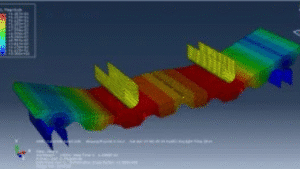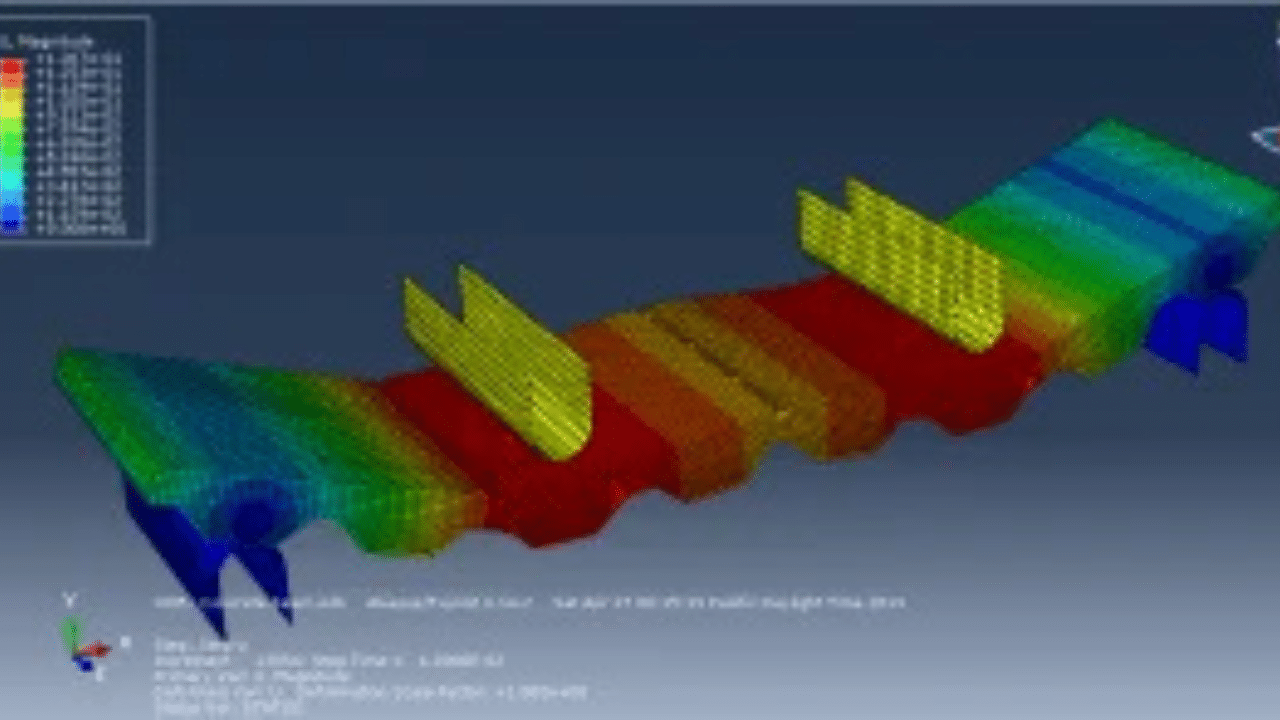
undefined





Papers abstract:
In this research, the structural behavior of a new type of composite floor system is explored through finite element modeling. The new composite floor incorporates cold-formed (light-gauge) steel profiles as the joist on bottom, a corrugated steel deck as the formwork for concrete, a continuous hat channel (furring channel) as the shear connector and finally a concrete slab on top. All steel parts in the system are cold formed and connected together by self-drilling fasteners. In the present study, a comprehensive three-dimensional finite element modeling is performed for this composite floor system. A local bond-slip model is applied to simulate the slip of the shear connector inside the concrete slab. A nonlinear analysis is performed on the composite floor considering all different types of structural nonlinearities and the behavior of the system is monitored from beginning of loading all the way to a defined point of failure. Results of finite element analyses are compared with experimental data. Further, parametric studies are conducted to determine the effect of shear connector’s slip on reducing ultimate strength and initial stiffness of such a floor system.
Product Overview:
This tutorial package provides a step-by-step guide to simulating the flexural behavior of cold-formed steel-concrete composite floors using Abaqus. It includes numerical modeling techniques, material property definitions, boundary conditions, and validation methods. Key simulation steps include:
In this tutorial, composite floor systems with different shear connectors are simulated, according to data from the work of Majdi et al.
We connect engineers through:

Want to receive push notifications for all major on-site activities?